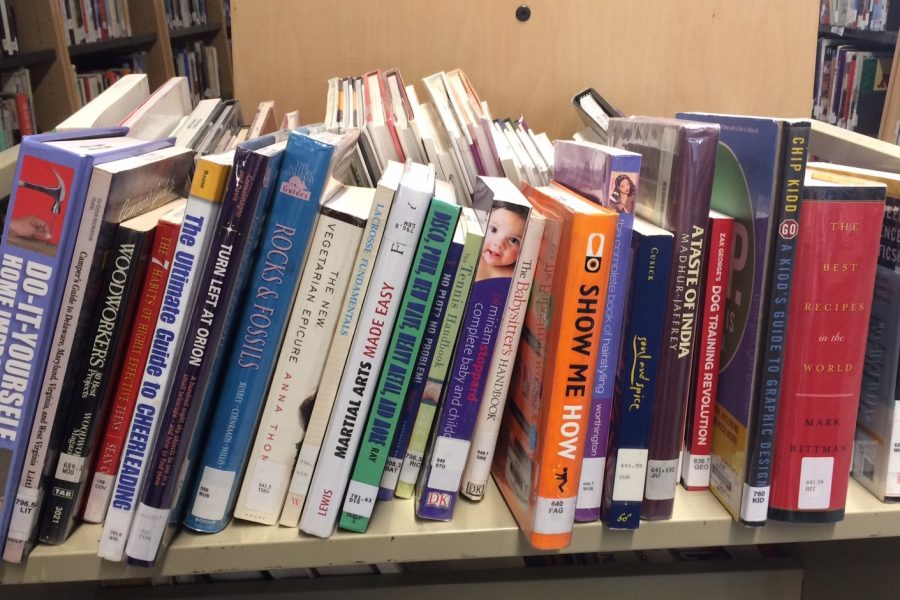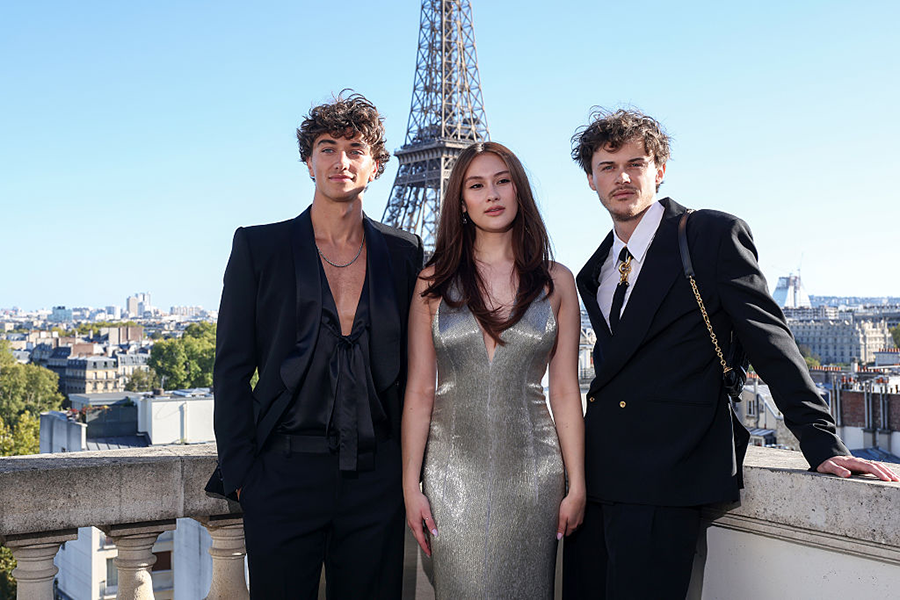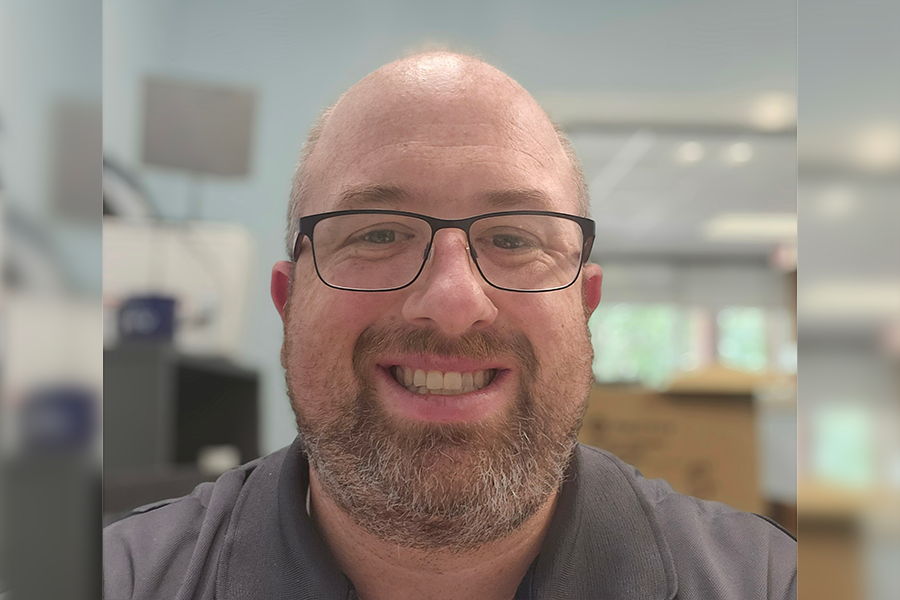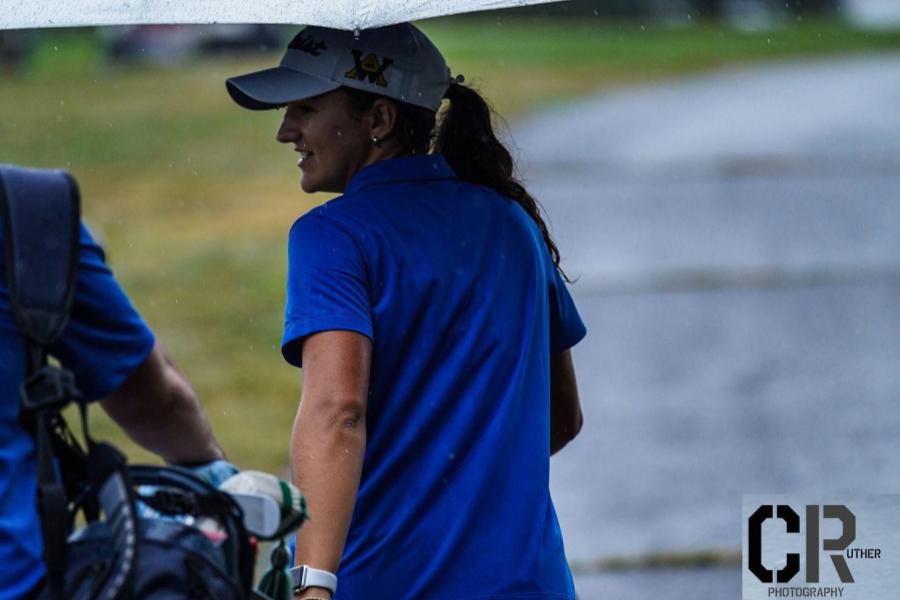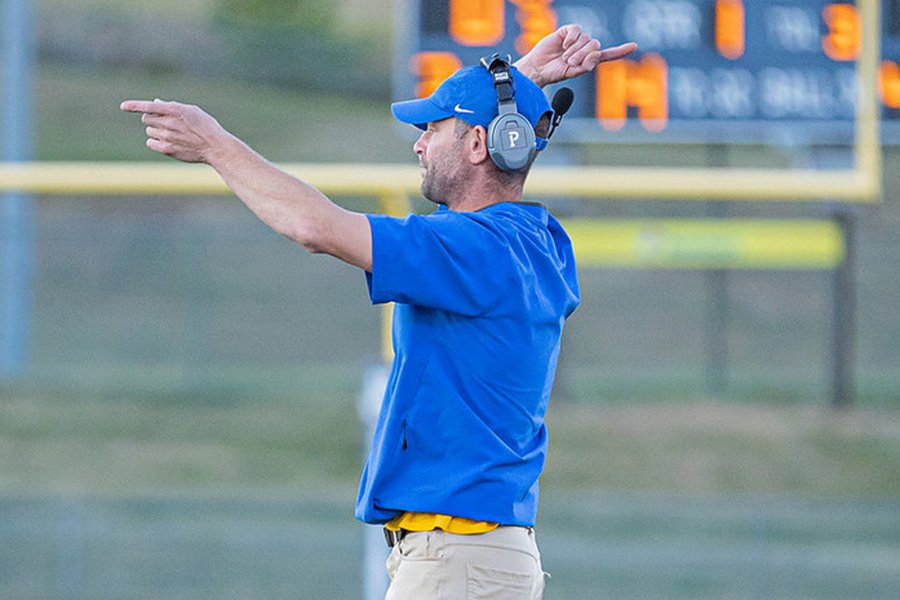English Department Looks at Literature
How do the books read in English classes get chosen?
October 25, 2017
Ten years from now, students may have forgotten what projects they may have done or grades they may have received. Yet there’s one aspect of the curriculum that tends to stick in people’s memories: the books they read in their English classes. Opinions on the many works of literature read in schools tend to be diverse among students- but how are the books we read in schools even chosen?
Though the Virginia Department of Education dictates the reading and writing skills high school students need through its SOLs, there is very little guidance on what texts should actually be assigned, leading the books read in English classes up to the discretion of the teachers.
“The WAHS English department makes decisions ourselves on what students in each grade reads,” American Literature teacher Monica Laux said. “A lot of times it’s based on what we have in our department already, since books are expensive.”
Literature for each grade is divided into required and supplemental texts; all students regardless of level will read required works such as The Odyssey in Global Studies, or The Great Gatsby in American Literature. Supplemental works, however, are read based on class level and available time, and are more likely to change from year to year.
Teachers reported 60 full-length texts taught in standard, advanced, and honors English classes at Western this year, including novels, plays, and epic poems. Just over half of these works (52%) are written by white males; 17 works in the curriculum are written by women, and 19 by people of color, male or female.
According to Laux, new diverse works have been added to the curriculum over the past few years. “In order to change the curriculum, you have to find a new work to replace an old one and advocate for why it should be there instead. So it can take a long time for schools to change,” she said.
Options for reading material can vary from year to year. For example, this year in Honors American Studies, teacher Shanna Lovaglio added multiple female-written works, including Zora Neale Hurston’s Their Eyes were Watching God and Willa Cather’s My Antonia.
“I hated last year that we didn’t read a major-length work by a female American author, so I added in multiple options from female perspectives for this year,” Lovaglio said.
In addition, many teachers use short stories and poetry to cover a variety of perspective in their classes. “We supplement heavily with opposing viewpoints, historical pieces, and lots of nonfiction,” English teacher Cassidy Girvin said regarding his English 10 classes. “The poetry unit, especially, hits a pretty vast array of various races, genders, and nationalities.”
In Laux’s class, diversity has taken the forefront with the final Advanced American Literature project, where students choose to read a book from a list of fourteen, all with diverse races and ethnicities, to provide a unique lens on American culture.
“What we teach in schools can be pretty exclusive- there’s a lot of talk of teaching the set ‘canon’ of literature because it’ll pop up later,” Laux said. “But I think it’s just as important to have those different perspectives in there.”



